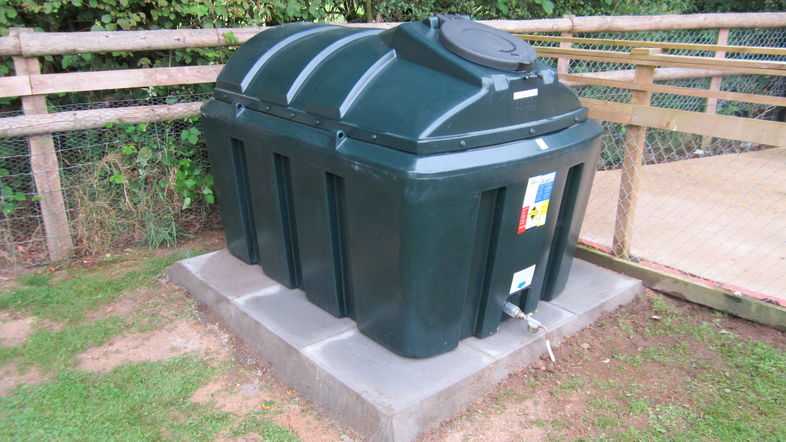When the cold seasons arrive, we tend to run to the stores to look for new installations to protect ourselves from the cold. Several catalogs are available: electric heating, boiler, fireplaces, stoves and inserts, heat pump, etc. But in this article, we will talk about different equipment that is not very well known to all: the oil tank.
What Is the Oil Tank?
You may have come across large cylinders filled with gas outside your house, in a basement, in American TV shows, or just somewhere without knowing what they are for. These “big cylinders” are what we call oil tanks. In the sense of the term, fuel tanks are tanks filled with fuel oil. They are used to store fossil energy resources called fuel oil.
How Does It Work?
According to its definition, its operation is simple. It serves as a storage medium and rallying point for the oil heating system. Indeed, this equipment is based on the combustion of this gas, which will be brought into the boiler’s combustion chamber before being consumed using a burner. It is the energy released that will be used to supply the heating points and the water pipes that lead to the heating boards, radiators, or any other equipment. Depending on the burner used, it is possible to regulate the temperature released between 50° and 90° C. It is, of course, necessary to fill it when it is dry, and it is recommended to clean it.
Which Tank To Choose for a House?
There are several types of tanks to be installed for a house. However, they are differentiated by their location (buried or unburied) and their capacity to contain gas. Those buried have a secure and reinforced exterior, such as the double-walled steel oil tank: it has a capacity of 1500 to 100,000 liters and must be located at least 10 meters from the house. The steel oil tank with inner plastic lining stores 1500 to 100.000 Liters for the same installation distance. The glass-reinforced plastic oil tank can hold 1500 to 10,000 liters for a distance of 6 meters.
On the other hand, those that are not buried are ordinary: the light steel tank, having a capacity of less than 1400 Liters which does not impose the distance where it can be placed. The single-wall steel tank can hold between 1500 and 100,000 liters for a distance of 6 meters. There is also the parallelepipedic steel tank: with a capacity of 1500 to 4000 Liters for a minimum distance of one meter; and the plastic tank. This one is different because it requires a fire resistance test with its flammable material. It contains 500 to 2500 Liters allowing it to be safe at any distance.
How Much Does It Cost?
The price depends on the material and the tank’s storage capacity, as the heating itself depends on these criteria. A plastic overhead tank costs around 400 € (for a single wall), or 800 to 1000 € (for a double wall). The metal one has a slightly higher price: for an aerial tank, it is from 700€, and for a buried tank, it is from 1500€.
Those that are less than 500 liters are estimated at around 340€, those that hold 1000 liters are around 967€ for polyethylene and 1096€ for steel. Those with a capacity of 1500 liters are 1092€ for polyethylene and 1433€ for steel, and those that go beyond 2500 liters cost between 850€ for polyethylene and 2055€ for steel.

